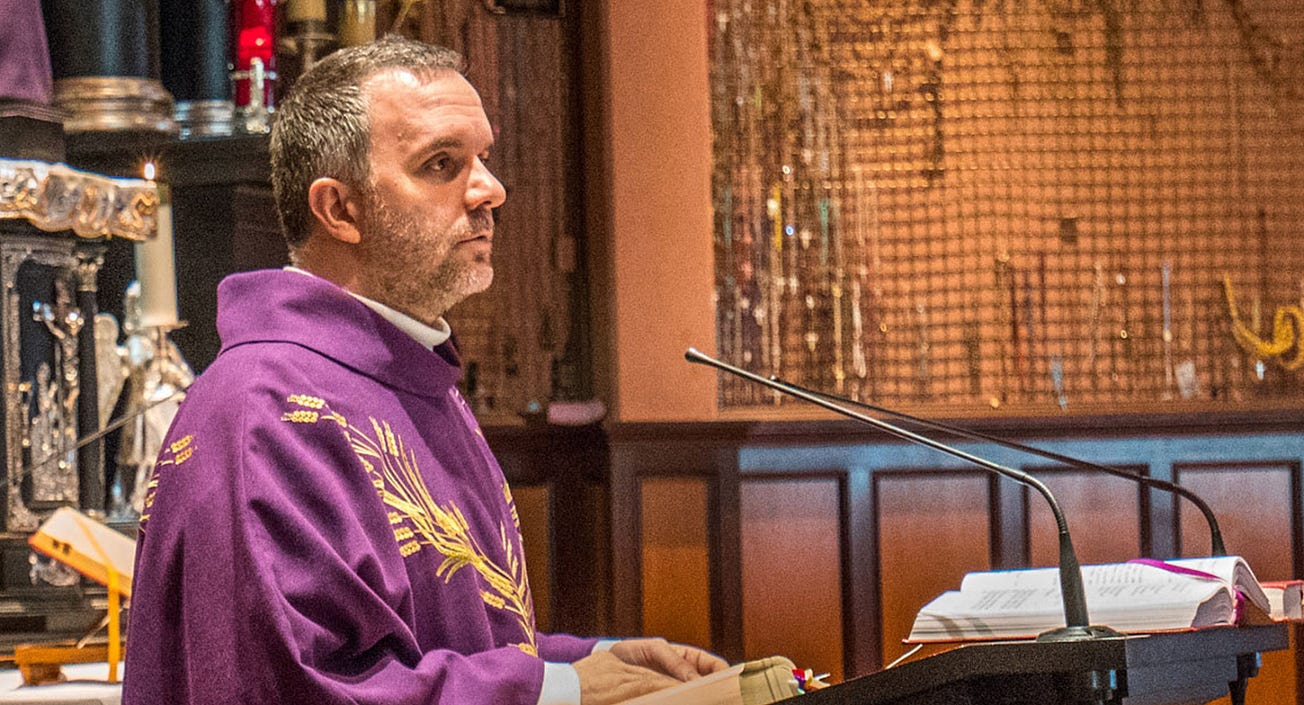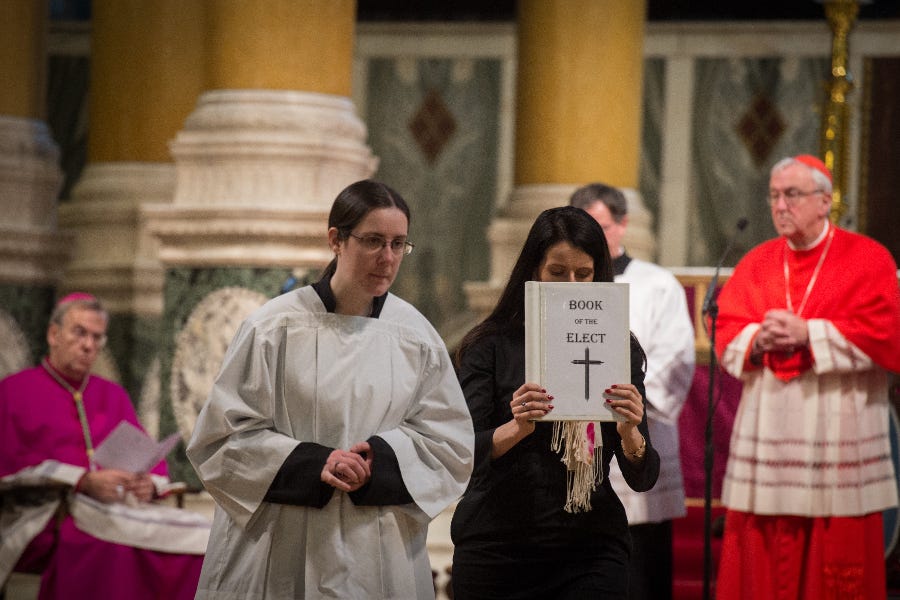The phrase “Synod of Bishops” typically brings to mind images of churchmen seated in descending rows in the Vatican’s New Synod Hall, looking toward a stage at which the pope and a handful of officials are seated.
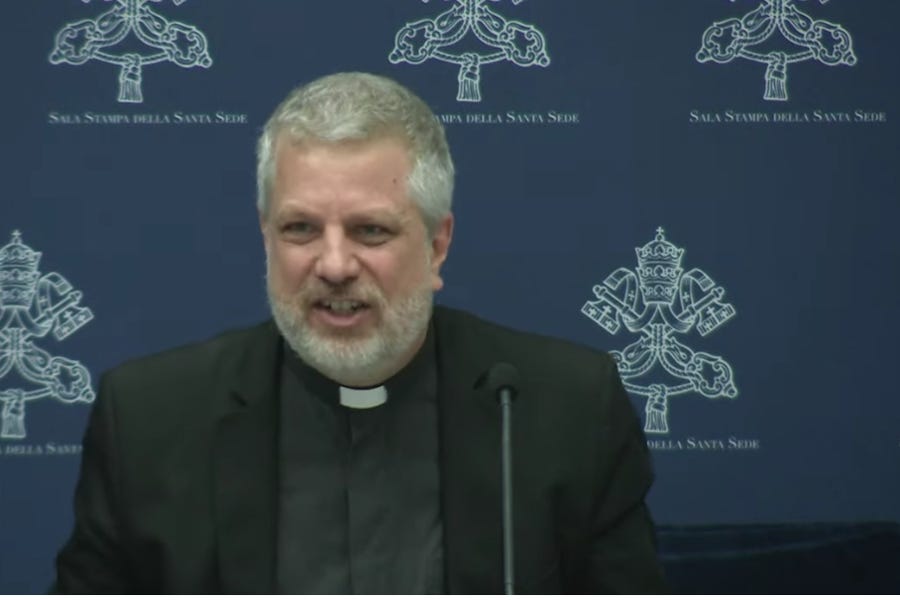
But at Tuesday’s press conference launching the working document for October’s synod on synodality, a speaker said that this fall’s event will look quite different from previous assemblies.
“Those who have in mind the images of previous synod assemblies, prepare to be surprised when they see those of October 2023,” said Fr. Giacomo Costa, S.J., consultor of the General Secretariat of the Synod of Bishops.
Costa was describing the methodology of this year’s gathering of the world’s bishops, called to discuss the theme “For a Synodal Church: Communion, Participation, and Mission.” The assembly will be the first in a two-part event known popularly as the synod on synodality.
The most striking visual difference, he explained, is that the assembly will be held in the Paul VI Hall, the Vatican auditorium where general audiences take place during Rome’s cooler months.
He said that this was partly because the meeting will be larger than previous ones. Around 20 more bishops will take part than at the last assembly in 2018, which focused on young people, due to a rise in the number of bishops worldwide in the past five years.
The number of “non-bishops” present is also increasing, following Pope Francis’ decision to expand participation by lay people in April, taking the total number to around 370, excluding “experts,” compared to 267 synod fathers and 50 “auditors” in 2018.
Lay participants, at least in North America, are likely to be drawn from those who have taken part in the preceding two rounds of the global synodal process: the diocesan and continental phases.
But more important than the sheer scale of October’s event, Costa said, is that “the Paul VI Hall can be arranged with tables at which groups of 10 or so can sit, making the transition between plenary sessions and group work quicker and especially facilitating the dynamic of conversation in the Spirit.”
The tables are expected to be round, following the example of events such as last year’s Australian plenary council and this month’s U.S. bishops’ meeting in Orlando, Florida, and will seat clergy and lay people side by side.
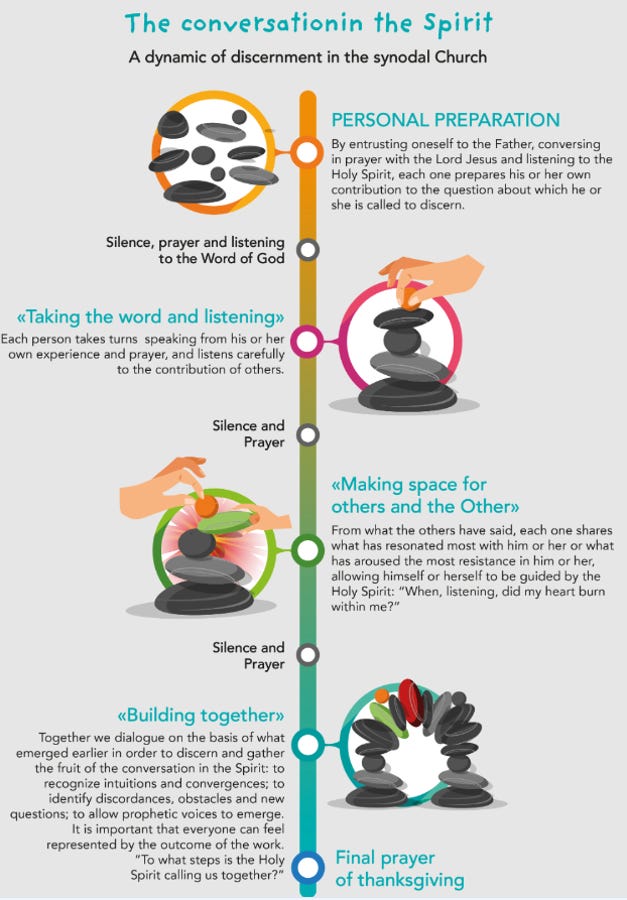
‘Conversation in the Spirit’
Costa said that the differences between the 2023 assembly and previous events will go well beyond appearances, given the sweeping changes in recent years to the Synod of the Bishops, the permanent institution established by Pope Paul VI in 1965.
As Cardinal Mario Grech, the secretary general of the Synod (who also spoke at the press conference), has previously said, the 2018 apostolic constitution Episcopalis communio changed the Synod of Bishops “from an event into a process.”
Costa said that the basic framework for October’s assembly remained Articles 13-18 of the apostolic constitution, which say that meetings begin and end with a Mass celebrated by the pope and may include both plenary sessions and small group work.
Unlike previous assemblies, October’s gathering was preceded by a long consultation phase at the local and continental levels. Costa said that the seven continental assemblies expressed hopes that the final, universal phase of the synodal process would also be marked by what he called “the method of conversation in the Spirit.”
The Italian Jesuit defined this method as “a shared prayer with a view to discernment in common, for which participants prepare themselves through personal reflection and meditation.”
Having prepared themselves spiritually for discussion, participants will offer “each other the gift of a thoughtful word nourished by prayer, not an opinion improvised on the spot,” he said.
These contributions will lead to discernment, in which those present will try to pinpoint the steps that the Holy Spirit is asking the Church to take “to grow in communion, mission, and participation.”
“The experience of the consultation phase shows how conversation in the Spirit opens up ‘spaces’ in which to address together even controversial issues, about which in society and the Church there is more frequently confrontation, in person or through social media, than discussion,” Costa said. “In other words, conversation in the Spirit offers us a viable alternative to polarization.”
Costa contrasted this process with those of parliamentary bodies, “where confrontation ends with a vote that divides majority and minority.”
“It offers an opportunity to listen to brothers and sisters in Christ, and, through them, to the Spirit, who, as Pope Francis repeats, is the authentic protagonist,” he said. “Those who have never experienced it struggle to understand this dynamic, which is a defining point of the working methodology.”
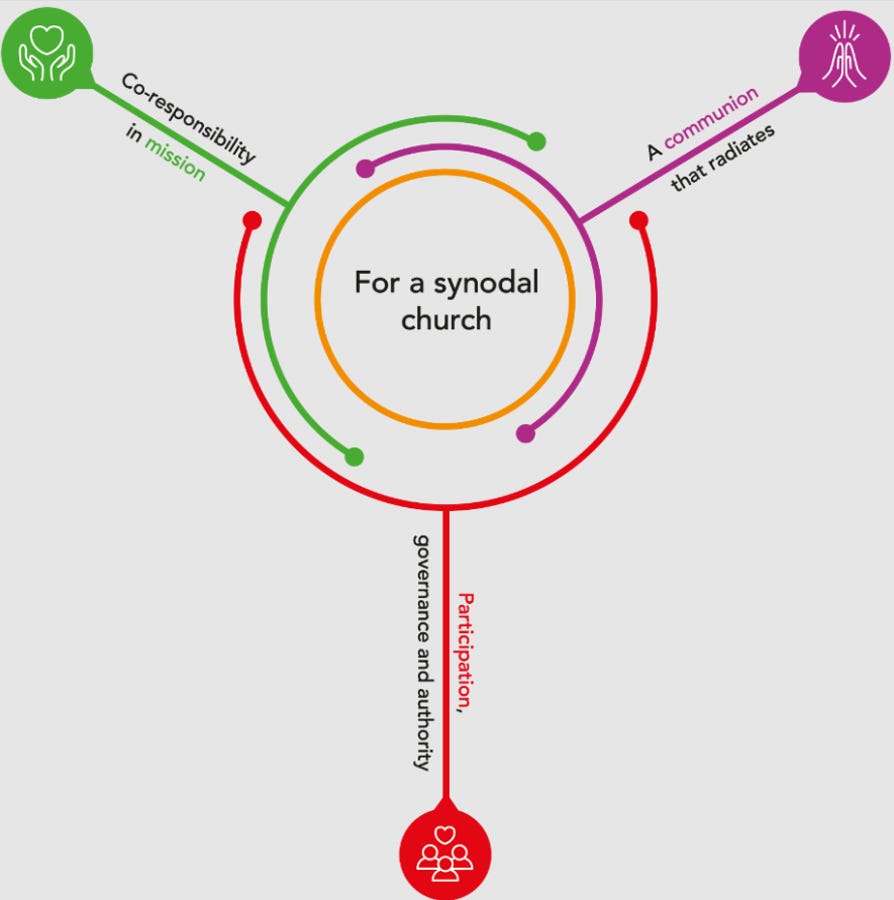
‘Priority issues’
Costa said that participants in October’s assembly will follow the path set out in the working document (also known as the Instrumentum laboris), which is divided into two principal parts.
Section A, entitled “For a Synodal Church,” recounts “the path traveled so far,” while Section B, entitled “Communion, mission, participation,” identifies “three priority issues for the synodal Church” emerging from the consultation phase.
The participants will, not surprisingly, start by reflecting on Section A, which summarizes “the lived understanding of synodality gained along the consultation phase.” This will enable them to “further focus on the fundamental characteristics and the way forward of a synodal Church,” Costa said.
Participants will then turn to the three priority issues in Section B:
1. A communion that radiates: How can we be more fully a sign and instrument of union with God and of the unity of all humanity?
2. Co-responsibility in Mission: How can we better share gifts and tasks in the service of the Gospel?
3. Participation, governance, and authority: What processes, structures, and institutions in a missionary synodal Church?
A section of the assembly will be dedicated to each of the three issues.
The working document comes with five worksheets for each of three priority issues that are intended to serve as “a practical aid” to help the work of the small groups, Costa said. Each worksheet presents a question for discernment, along with cues for prayer, personal reflection, and group work.
“The goal of the work on Section B is to identify concrete steps that the Holy Spirit is calling us to take to grow as a synodal Church, and to develop proposals at different levels, from the local to the universal,” Costa explained.
At Tuesday’s press conference, Cardinal Jean-Claude Hollerich, general rapporteur of October’s assembly, compared the working document to a cookery book.
“The chief cooks receive that book together with some ingredients: their mission is to put the different ingredients together in order to please the different palates,” he said, referring to the bishops. “An impossible task, you might think… if in the background the Holy Spirit is not guiding to find a new food harmony.”
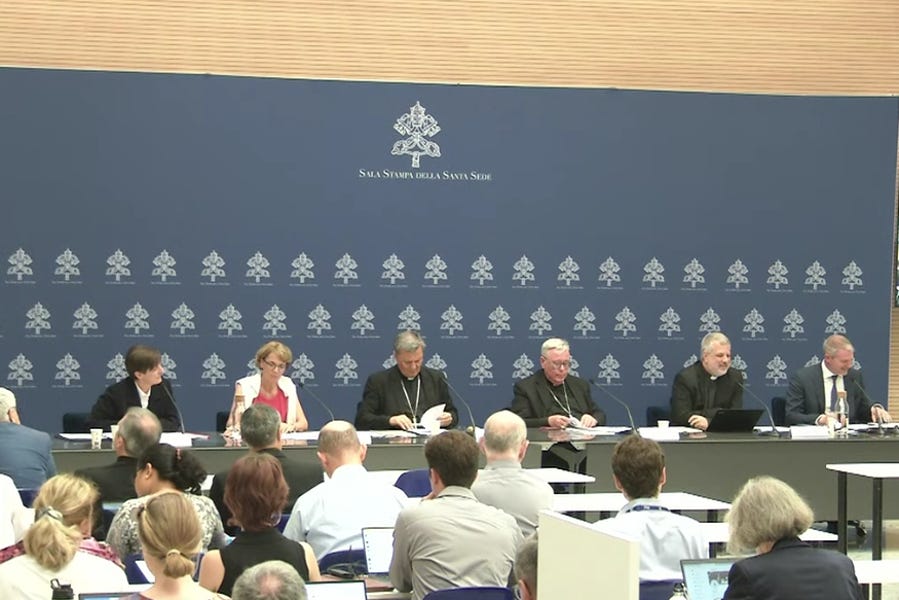
An inconclusive assembly
The assembly’s last task, Costa said, will be to “gather the fruits” of the discernment in the form of a text that is likely to include “concrete proposals” that can be implemented in the period between the first session of the synod on synodality this October and the second in October 2024.
“Voting will make it possible to capture the consensus that this formulation has,” he commented.
Costa noted that as October’s assembly is only the first of the two-part synod on synodality, it will not be conclusive.
“Between the two sessions, we will continue to walk together in the Churches and between Churches, to reread this experience of the People of God, and to promote the necessary insights, particularly from the theological, canonical, and pastoral perspectives,” he said.
“The goal of the two sessions remains to present to the Holy Father concrete proposals for growing as a synodal Church. For this purpose, it is important to identify what blockages hinder the path and to deepen the issues on which sufficient consensus has not yet matured.”
He added: “The year between the two sessions will be of crucial importance to experiment with how to address them and offer further elements for discernment at the October 2024 assembly.”

